
Tick Pest Control in Onalaska, TX
Safe tick pest control in Onalaska, TX from Spot On Pest Control, LLC. Ensure your home stays pest free. Contact us today for reliable professional care.

Tick Pest Control in Onalaska, TX
Ticks thrive in East Texas' warm, humid environment and the wooded lots common around Onalaska, TX. If you or your family spend time outdoors, or if pets and wildlife frequent your yard, a targeted tick pest control plan reduces bite risk and helps you reclaim outdoor spaces. This page explains an integrated, practical approach to tick control for Onalaska homes: what inspectors look for, which chemical and non-chemical measures are used, yard management strategies, pet protection guidance, seasonal treatment timing, and realistic outcomes you can expect.
Why tick control matters in Onalaska, TX
Onalaska’s piney woods, dense undergrowth, and regular wildlife activity (deer, rodents) create ideal tick habitat. Humidity and mild winters mean ticks can be active much of the year, with peak activity in spring and early summer and again in fall. Ticks not only cause painful bites but can transmit bacterial and viral illnesses. Reducing tick populations on your property lowers exposure for people and pets and protects outdoor living areas like yards, playgrounds and garden spaces.
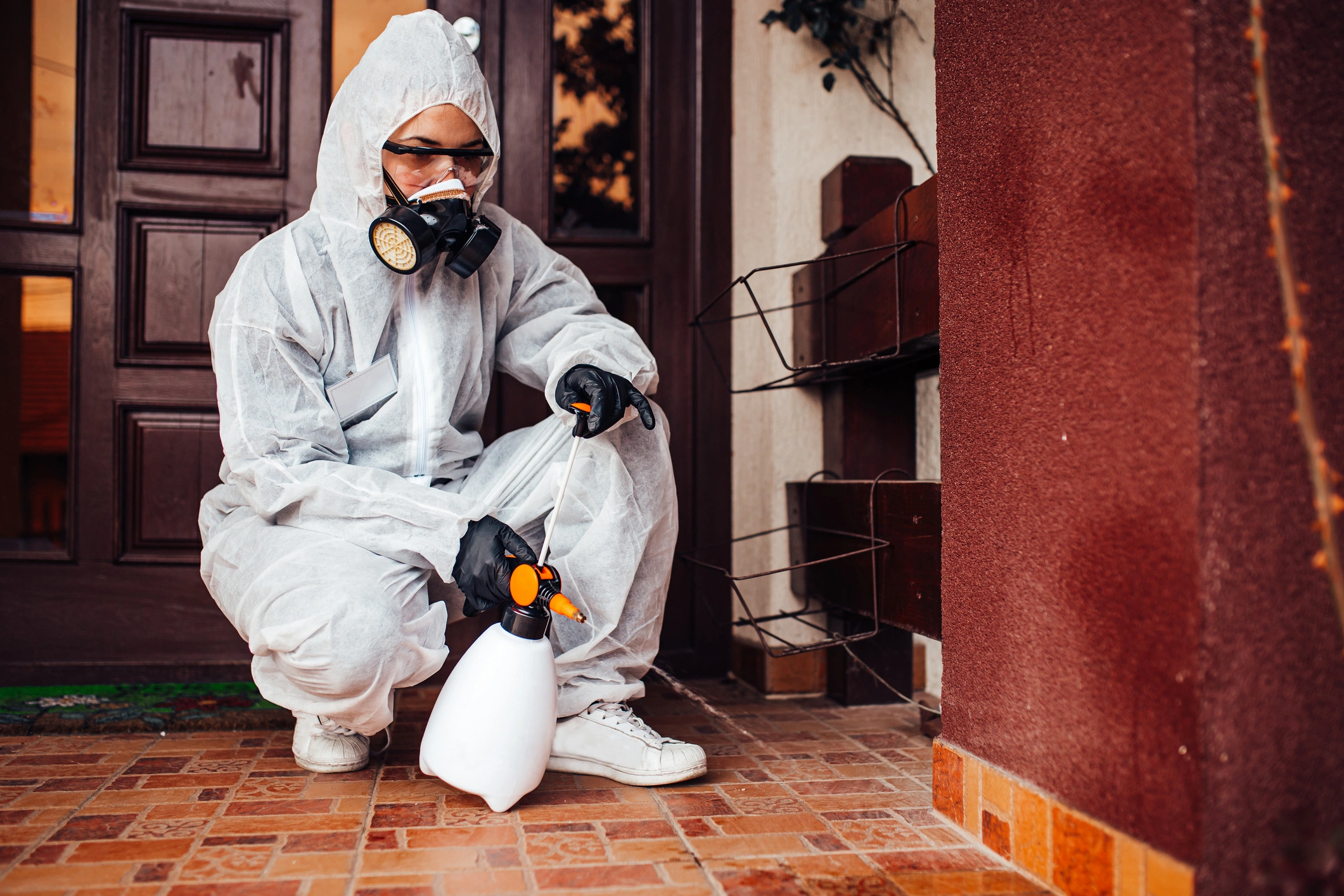
A man in protective gear applies termite treatment by spraying the exterior of a house.
Common tick issues in Onalaska, TX homes
- Lone Star ticks: common in East Texas and aggressive biters.
- American dog ticks and Gulf Coast ticks: found in grassy and brushy areas.
- Rodent-hosted ticks around woodpiles, brush, and foundation edges.
- Pet tick infestations from off-leash time in wooded or tall grass areas.
- Yard hotspots: leaf litter, woodline edges, tall grass, stacked firewood, and brush piles.
Inspection and assessment: the first step
A thorough inspection identifies where ticks are most likely to be living and how they are entering living spaces.
- Property perimeter evaluation: woodline, tall grass, fence lines, drainage swales.
- Habitat mapping: locating brush piles, leaf accumulations, and rodent activity.
- Access points near structures: foundation gaps, shrubbery close to homes, and pet doors.
- Pet and human behavior review: where the family and pets spend time outdoors.
This assessment guides a targeted integrated pest management plan so treatments are focused, not blanket, minimizing chemical use while maximizing effectiveness.
Targeted chemical measures (used judiciously)
When chemical control is necessary, targeted applications reduce tick numbers quickly and extend protection.
- Perimeter barrier treatments: low-impact residual acaricides applied to vegetation and shaded perimeter zones where ticks quest.
- Spot treatments: focused on woodline edges, brush, and rodent nesting areas rather than broad lawn coverage.
- Granular treatments: placed in high-traffic paths or near pet areas to reduce ticks crossing into living spaces.
- Tick tubes and bait boxes: treat small mammals that carry ticks by delivering permethrin-treated cotton or acaricide to rodent hosts.
- Safety: technicians use EPA-registered products and follow label directions to minimize exposure to people, pets and beneficial insects.
Chemical measures are most effective when combined with habitat modification and pet protection to interrupt the tick life cycle.
Non-chemical measures and yard management strategies
Non-chemical steps form the backbone of long-term tick reduction and are especially appropriate for Onalaska’s landscape.
- Landscape management
- Keep grass mowed and edges trimmed to reduce humid microhabitats.
- Create a 3- to 5-foot wide mulch or gravel buffer between the yard and woodline to reduce tick migration.
- Remove leaf litter, tall weeds and brush piles; store firewood uphill or away from the house.
- Vegetation choices
- Replace dense foundation plantings with lower, well-trimmed shrubs that allow sunlight and reduce humidity.
- Rodent and deer management
- Reduce rodent harborage by sealing foundation gaps and clearing ground-level clutter.
- Consider deer-resistant plantings or fencing where deer are frequent carriers.
- Safe play and seating areas
- Position playsets and patios away from woodlines and maintain a gravel or mulch zone around these areas.
These measures lower the overall tick-carrying capacity of your property and make chemical treatments more effective.
Pet protection guidance
Pets are often the route by which ticks enter the home. Protecting pets reduces household exposure.
- Use veterinarian-recommended tick preventatives: topical, oral systemic products, or tick collars based on pet health and lifestyle.
- Check pets daily after outdoor time, focusing on ears, neck, underbelly and between toes.
- Wash and dry pet bedding regularly and keep beds away from woodline edges.
- If you use yard treatments, follow directions on re-entry intervals and safety recommendations for animals.
- Consult your veterinarian before starting or changing pet medications.
Proper pet protection is a vital component of any household’s tick control strategy.
Seasonal treatment schedule for Onalaska, TX
Seasonal timing matters because tick activity changes through the year. A typical integrated schedule for Onalaska homes looks like this:
- Early spring (March–April): initial yard inspection and first targeted perimeter treatment as ticks become active.
- Late spring to early summer (May–June): follow-up treatments and intensified yard management as larvae and nymphs peak.
- Mid-summer (July): targeted spot checks and treatments in shaded, humid zones.
- Early fall (September–October): second peak treatment to reduce nymphs and adults before cooler weather.
- Winter (when temps drop): focus on habitat cleanup and preparing for spring; some ticks remain active during mild winters.
Frequency will vary by property, wildlife activity and weather. Integrated planning emphasizes timely interventions with minimal, well-placed chemical use.
Expected outcomes and realistic expectations
Integrated tick pest control produces measurable reductions in tick encounters but not total eradication, because wildlife can reintroduce ticks.
- Short-term: prompt reduction in questing ticks in treated zones and immediate decrease in bite reports when chemical and habitat measures are combined.
- Mid-term (season): sustained lower tick activity with repeat seasonal treatments and consistent yard management.
- Long-term: a maintained program reduces overall property risk, keeps outdoor living spaces usable, and minimizes tick transfer to pets and indoor areas.
Typical results vary by property and level of wildlife pressure. Combining targeted treatments, habitat modification and pet protection yields the best outcome with the least chemical exposure.
Safety and integrated approach
An integrated approach prioritizes non-chemical methods, uses chemicals only where needed, and applies them in targeted ways to protect children, pets and beneficial wildlife. Regular inspections and adaptable scheduling based on weather and wildlife patterns keep control efforts efficient and aligned with local conditions in Onalaska.
Maintaining a proactive program—seasonal inspections, focused treatments, routine yard maintenance and pet vigilance—provides the strongest defense against ticks in Onalaska, TX homes while minimizing environmental impact and keeping your family safer outdoors.
Take Control of Ticks with Spot On Pest Control, LLC.
Don’t let ticks put your family, pets, or outdoor lifestyle at risk. With expert inspections, precise treatments, and proven prevention strategies, Spot On Pest Control, LLC. is your trusted partner for year-round tick extermination in Onalaska, TX. Our team is dedicated to protecting your home and restoring peace of mind.
Call us today to schedule your tick extermination service and enjoy a safer, healthier yard!
Our Services
Our pest control services cover ants, termites, bed bugs, rodents, mosquitoes, and other common pests, with customized solutions for both residential and commercial properties.
.png)



